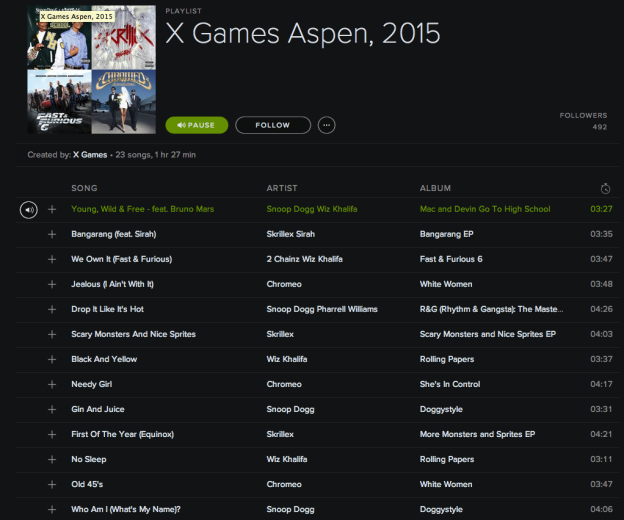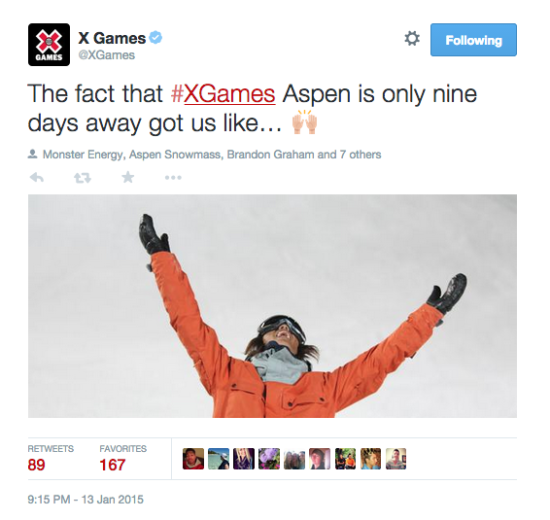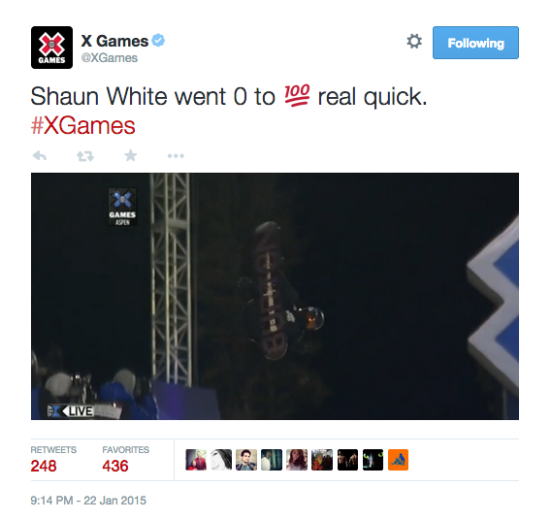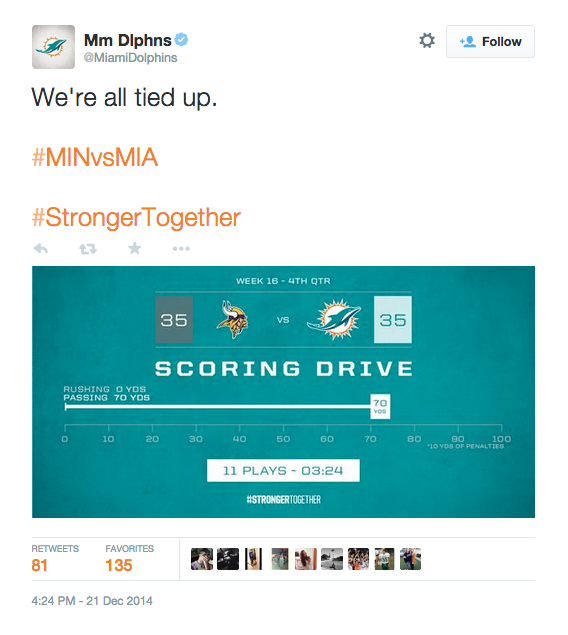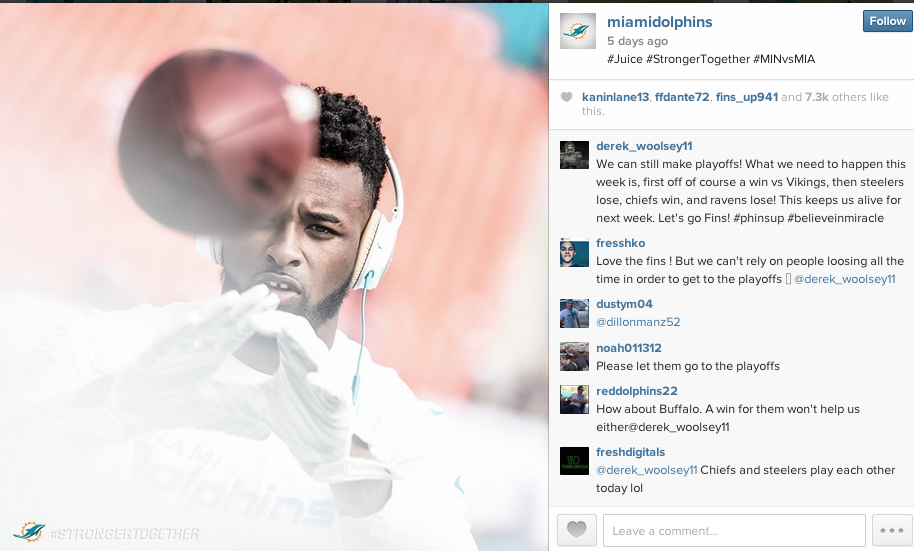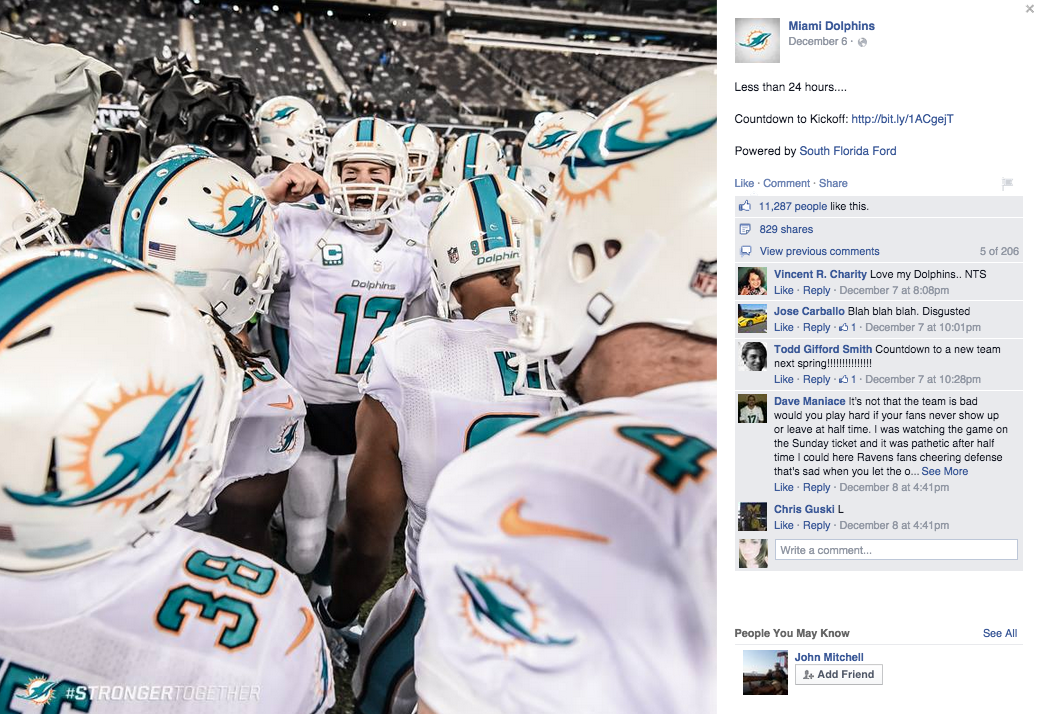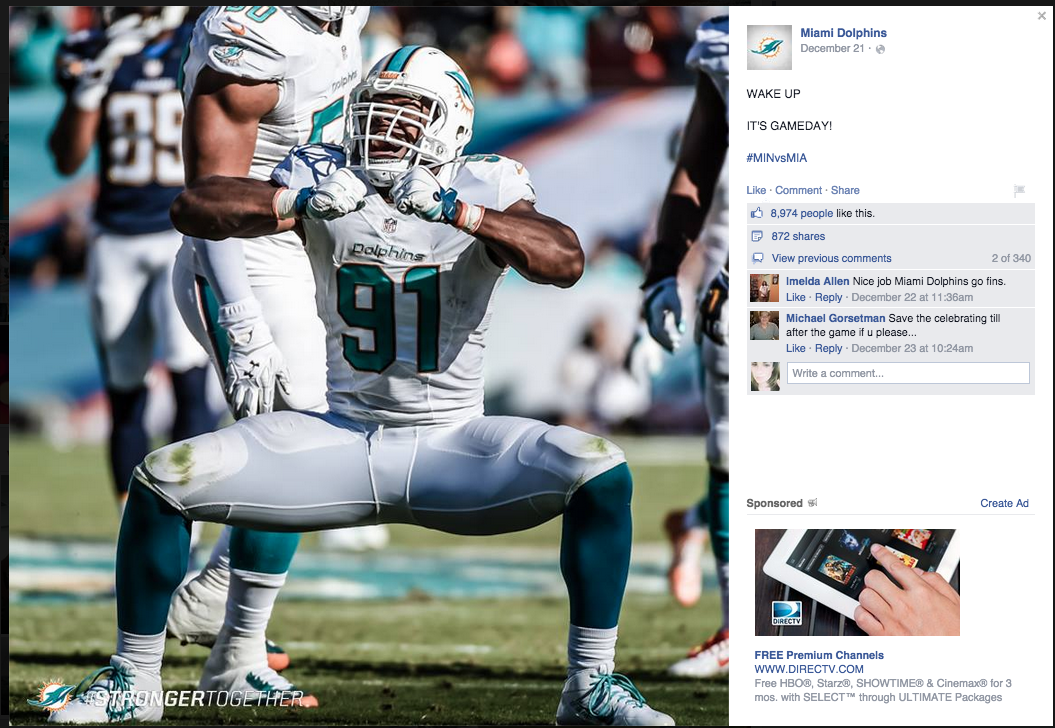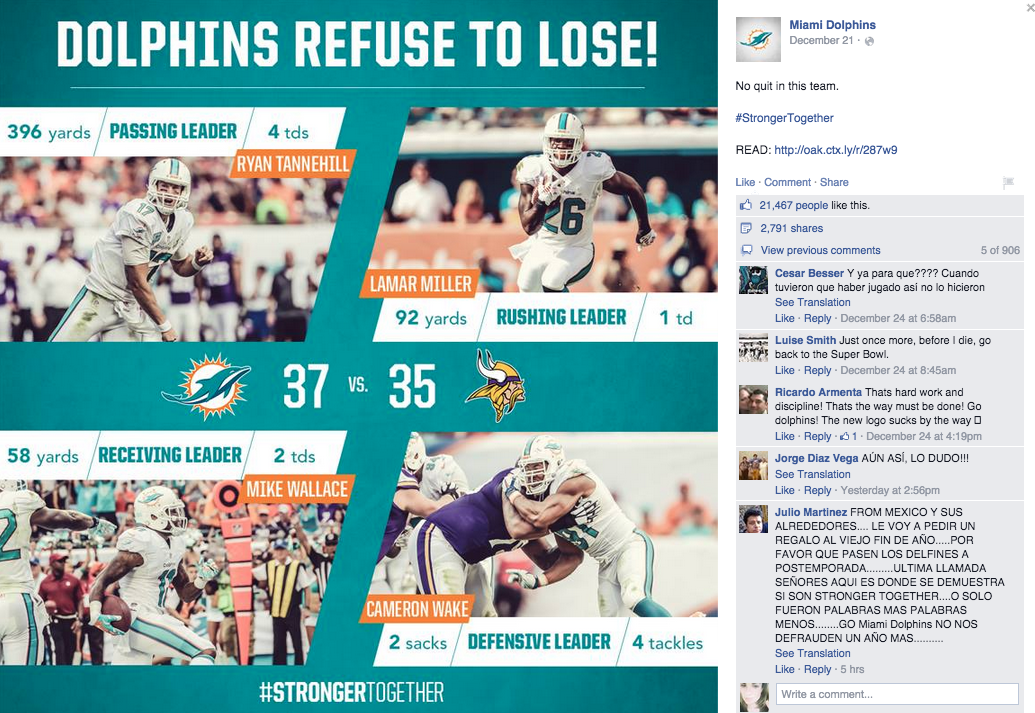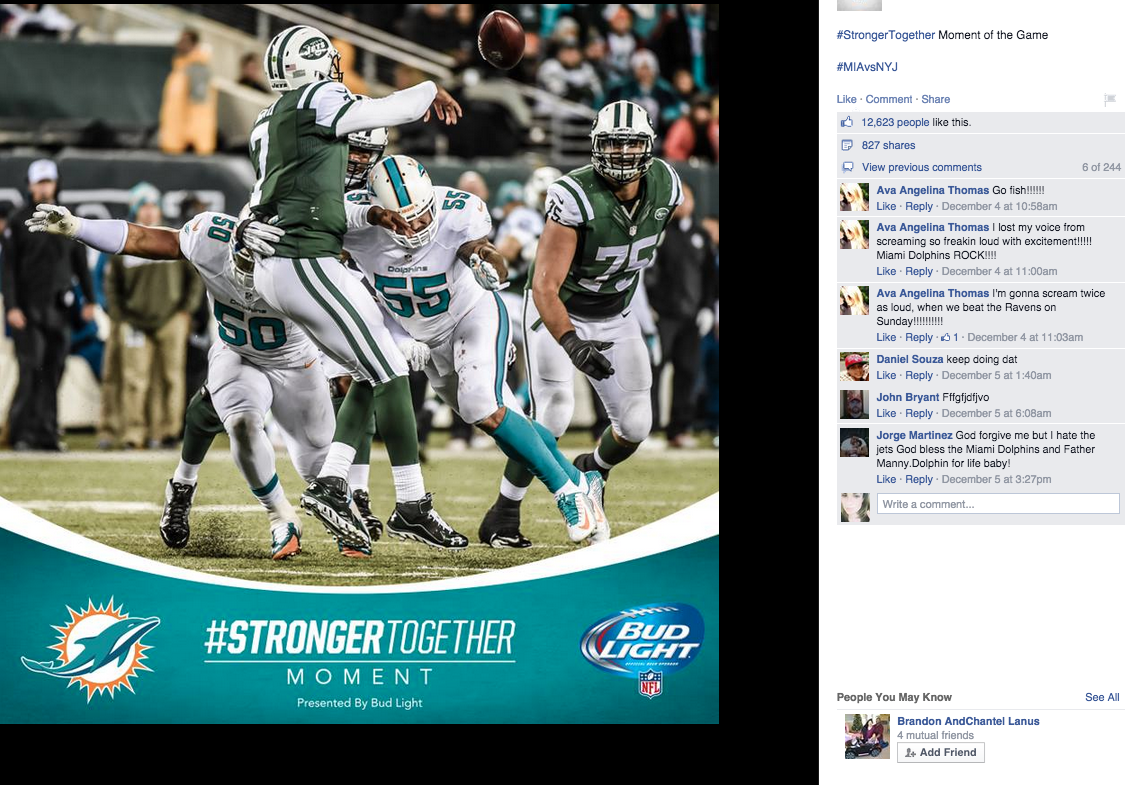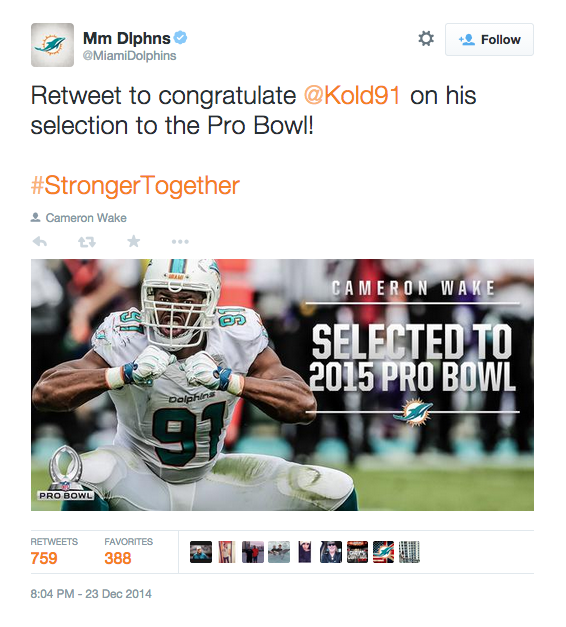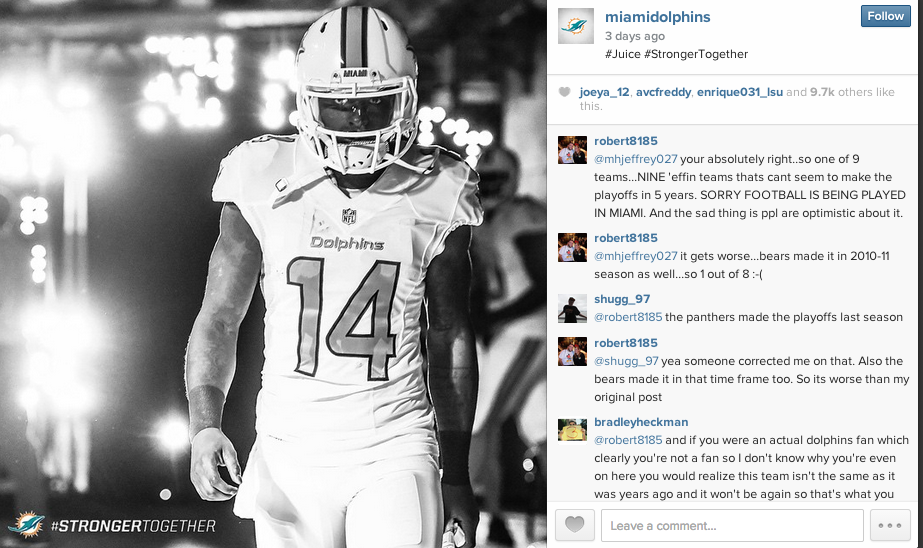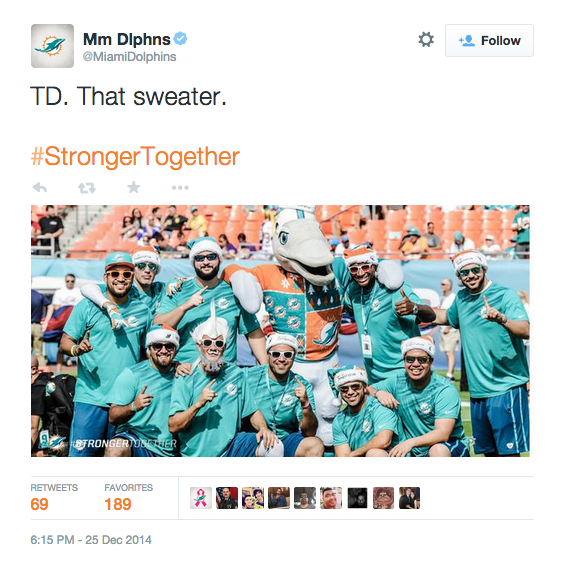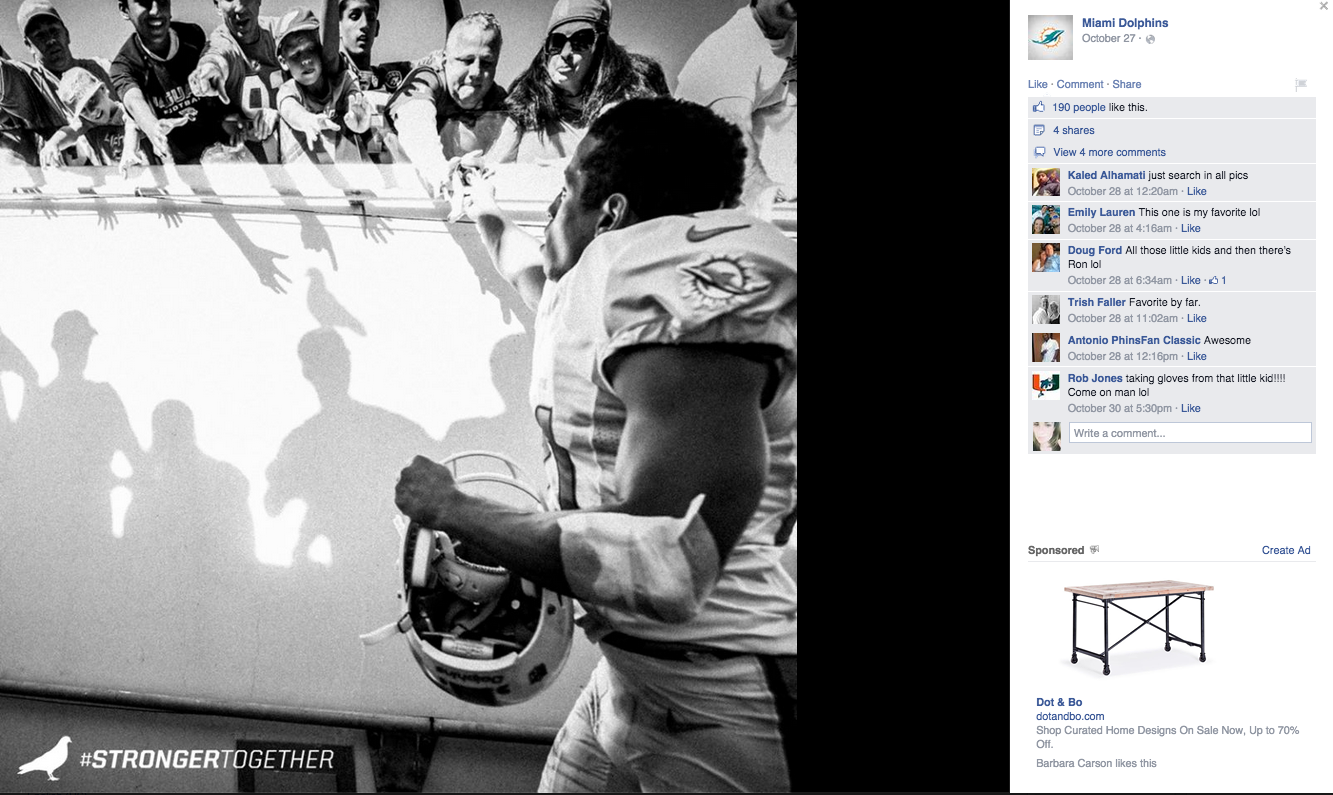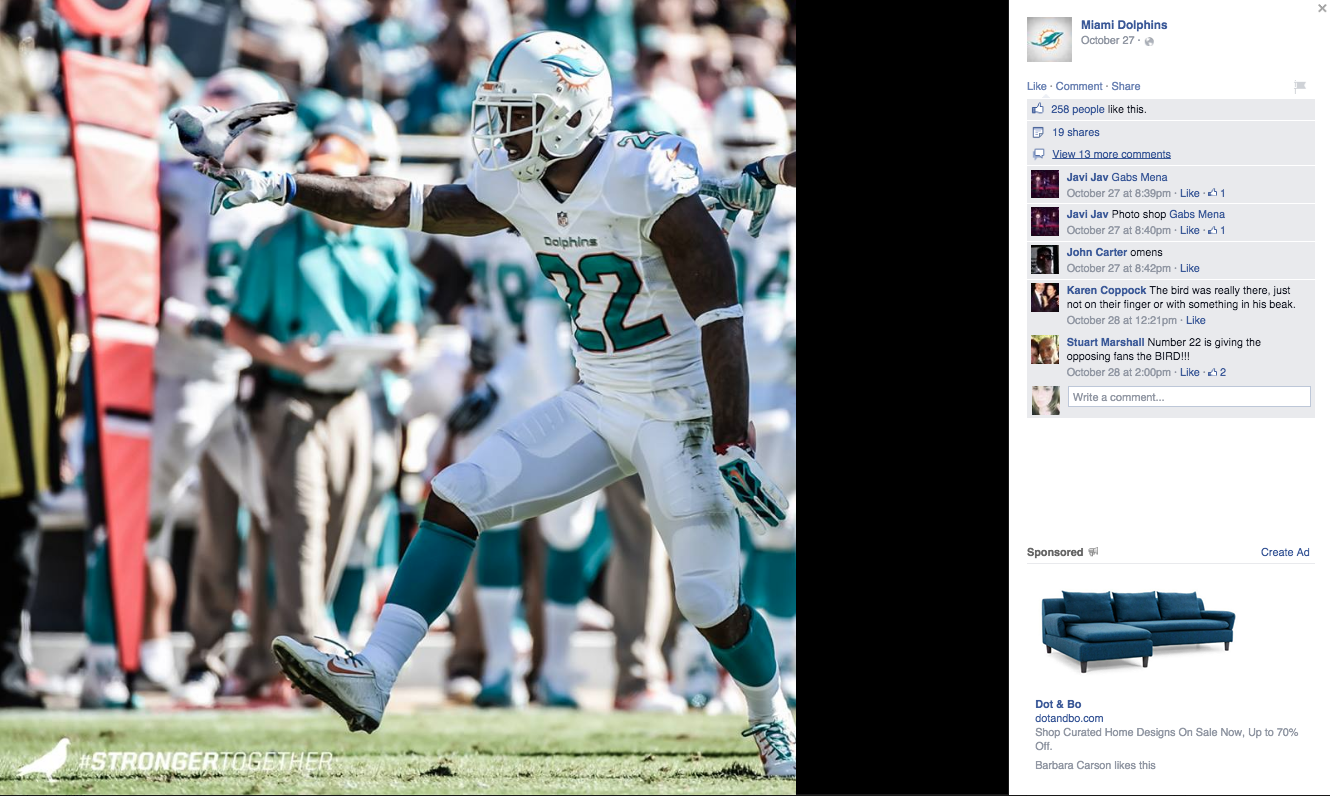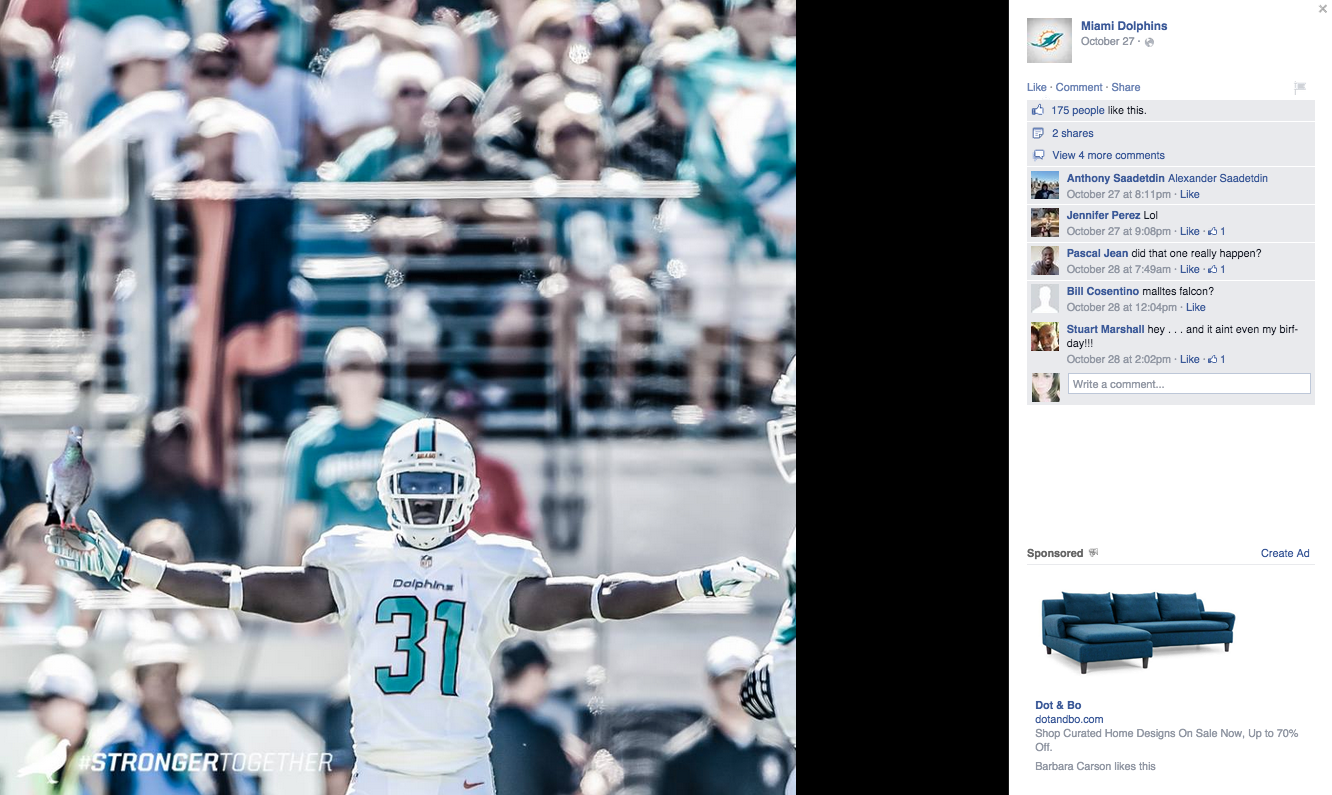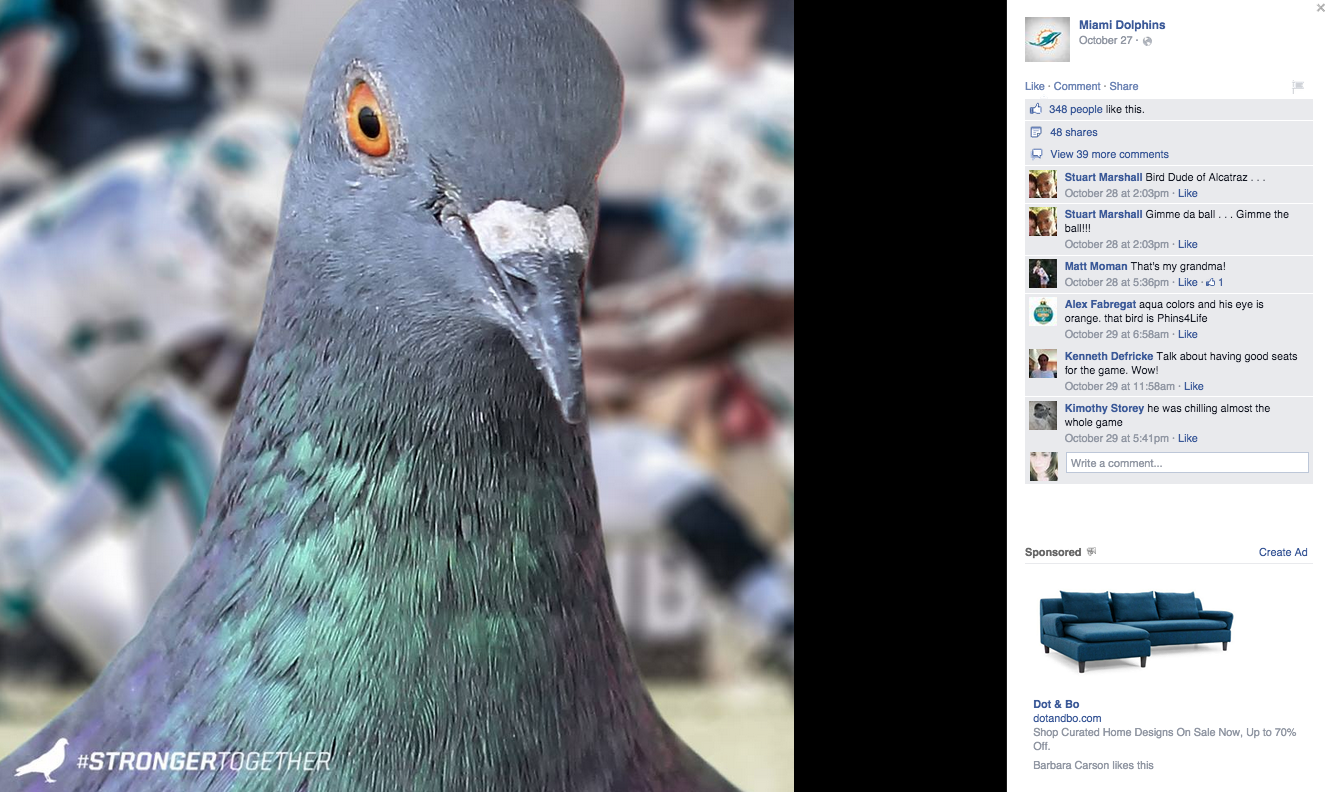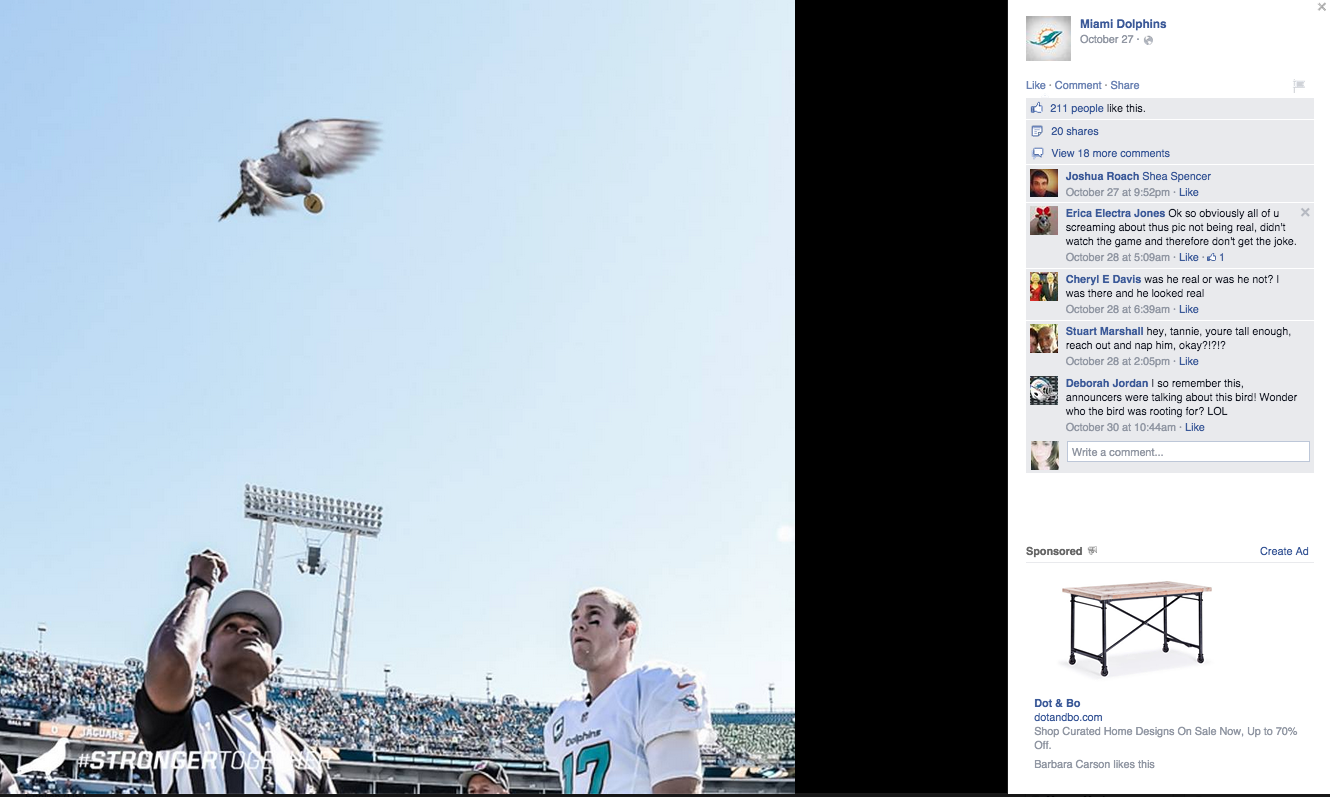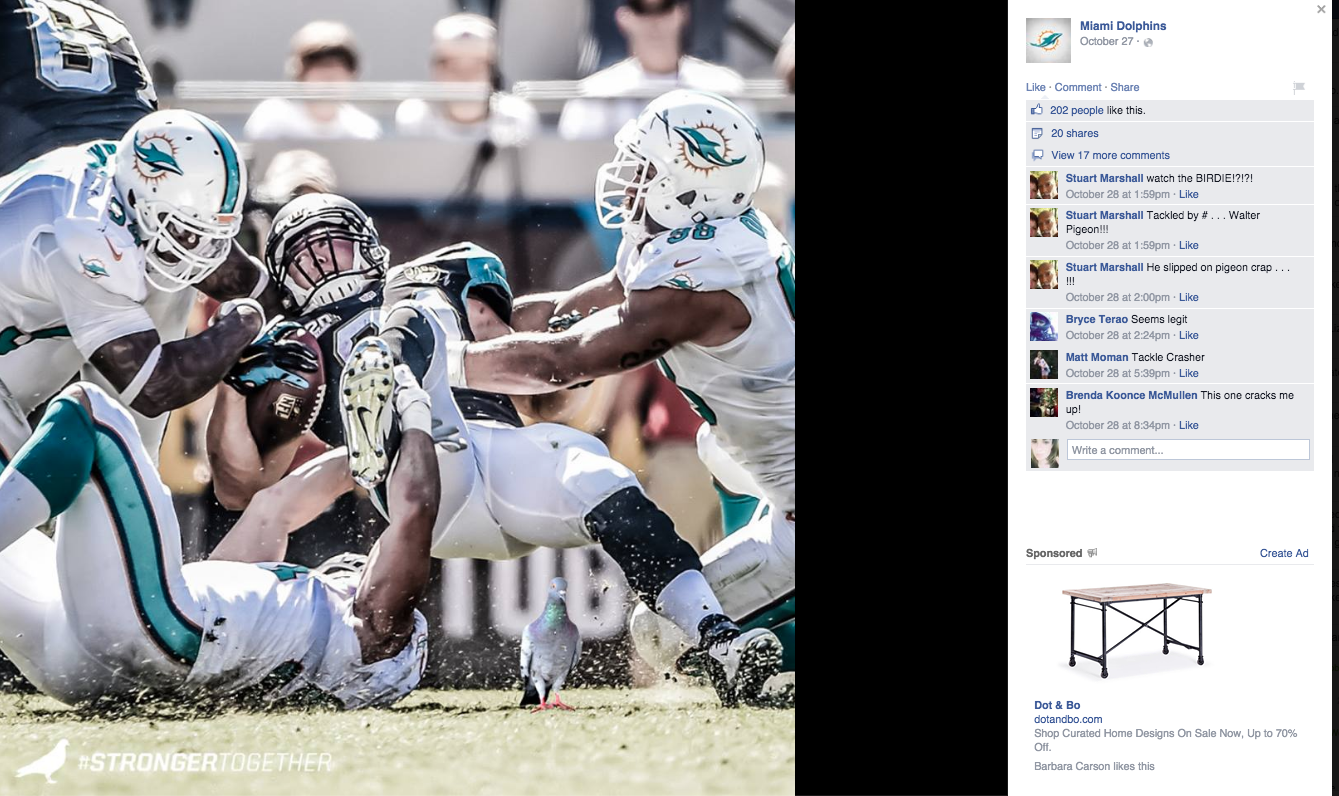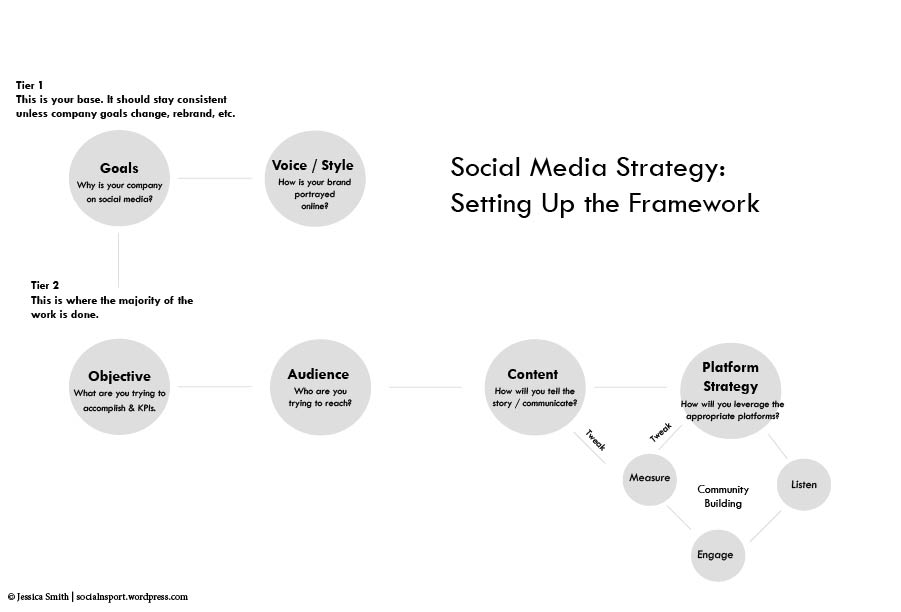The 2015 Winter X Games wrapped up in Aspen at the end of January. It was an action-packed four days with more than 200 of the athletes throwing down for the most coveted medals in action sports. The coverage was impressive to watch online. The event is a fun one to follow, and the social media team “gets” it. The social team speaks the language of their fans, focuses on storytelling and isn’t afraid to try something new. Their content was fun, sharp, memorable and on brand. And, they mix up their content a lot. Here’s a look at some of their coverage:
Action Vines
Fun Color Commentary
America landed on the moon in 1969.
Danny Davis went back in 2015. #XGames pic.twitter.com/xLUmxwLYNp
— X Games (@XGames) January 23, 2015
Behind-the-Scenes Content
#XGames Aspen staff meetings are in full effect.
We go live in six days! pic.twitter.com/gd6QMPIvHj
— X Games (@XGames) January 17, 2015
Spotify Playlist
Instagram Takeover
Pretty impressive mix of content, right? Even more impressive is that two people, Adam Moussa (Programming Coordinator) and Jason Krutzsch (Content Strategy), are responsible for it. Yes, two people run all the social and content strategy for the X Games. And, I was fortunate enough to have Adam answer some questions on their approach to social, goals, TV integration and more. Pay attention, because there are a lot of valuable nuggets in this Q&A:
Can you talk about the overall social media strategy surrounding the X Games? What were the goals going into the 2015 X Games?
I joined the X Games team in July 2014, so this was my first X Games event. But, despite my lack of experience, I felt extremely confident with our social strategy heading into Aspen.
Our goals were extremely diverse, and they included: Create awareness about the event, serve our core fan base, foster interest outside of our core fan base, inform our audience, entertain and engage with our audience, encourage active participation by our audience, incorporate a multitude of voices into our coverage, provide a second screen experience, and tell the story of “being there.”
It is important to understand that, for X Games, social media is such a critical aspect of our overall content strategy. Our key demographic is quite young, and social is one of the most efficient and effective ways to reach them. It’s also important to understand that we treat X Games as a brand, and, while there are elements of journalism incorporated into our strategy, our primary function is to tell the story of X Games, the brand. At the end of the day, we are an action sports, lifestyle and youth brand, and our goal is simply to be “cool” and do “cool” things.
Obviously broadcast is a huge piece of the puzzle for you all. How do you work to integrate broadcast into social and vice versus. Can you talk about some of the different initiatives?
Given that the X Games is owned by ESPN, we are extensively aligned with our TV production team. They do an incredible job of incorporating social media content into our broadcasts. Prior to, and throughout the event, we were in constant communication with our directors and producers to incorporate the conversation occurring on social media into our broadcasts.
From a social standpoint, we make it a priority to incorporate television graphics and other TV elements into our social strategy, in an effort to provide a second screen experience that aligns seamlessly with our broadcasts. Our broadcast windows, whether on ABC, ESPN or ESPN3, are critical to our social strategy. We want to capitalize on the attention of our TV audience, and spark conversation about action sports and our brand.
It is also important for us to understand that our audience is global. Television coverage of X Games Aspen 2015 reached 215 countries and territories throughout the world. Therefore, the social content being consumed by a snowboarding fan in Los Angeles is the same content being consumed by a skiing fan in Norway. Creating content that appeals to our diverse audience is a tremendous priority for us.
We want our audience to feel as though we have a pulse. We want our followers to understand that the voices of this brand are human beings. We want them to know that if they send us a tweet, message, comment or snap, someone will see it. Our approach is: X Games social isn’t a one-way flow of information. Instead, we encourage our fans, athletes and staff to be active participants in the conversation, and we attempt to seize every opportunity to interact with them. At the end of the day, social provides an incredible opportunity for us to better understand, and, ultimately, serve our audience.
Here’s a look at how the X Games integrate with TV:
Tune In
Instant Highlights
The 2015 #XGames Aspen Men’s Snowboard SuperPipe gold medalist is @theDDeadshow » http://t.co/sBwsXlcpzt
— X Games (@XGames) January 23, 2015
Results
#XGames Aspen Snowboard SuperPipe
Gold – Danny Davis
Silver – Taku Hiraoka
Bronze – Iouri Podladtchikov pic.twitter.com/tR672Vdew3— X Games (@XGames) January 23, 2015
Answering Fan Questions
Snapchat is all the rage right now, and I know you all promoted it pretty heavily during this year’s event. Can you talk about the strategy / content behind the account? And, how was it received?
We feel as though X Games is in a position to innovate within ESPN, whether through Skype, Facebook native video, our official app, Spotify or on Snapchat. We want to be on the forefront of technology, and we are afforded the freedom to do so.
Snapchat, specifically, is a platform on which we saw tremendous amount of potential to tell our story. X Games is unique because we are one of the few brands at ESPN that, literally, creates our event from the ground up. We build the jumps. We setup the stages. We physically make our event happen. That element of “building” our event, provides us a tremendous opportunity to tell a behind the scenes story on a platform such as Snapchat.
In addition to creating original content prior to, and during the event, we also partnered with Snapchat to create a unique, curated story that anyone snapping from a geo-targeted area could contribute to. That was yet another way we felt that we could involve our fans in the X Games conversation.
We feel as though our experience with Snapchat was a tremendous success. Personally, I received more positive feedback on our Snapchat story than any other social content that we created.
One of the things I love about the X Games social media accounts is the voice. You continually nail your copy over and over again. What do you think are the keys to defining a brand voice that really speaks to your audience? Any tips for other social media managers?
Thank you. I never approach social media like: ‘I’m going to send a tweet, or I’m going to post something on Instagram.’ Instead, I look at it like: ‘I’m going to tell a story.’ Sometimes, that story is primarily told through an image, a graphic, or a video. But, the value of creative copy can’t be understated. Action sports produce some of the most awe-inspiring imagery. But, if those images are partnered with lazy copy, in my mind, they are wasted.
Our approach is: X Games social media belongs to our fans and our athletes, so we constantly try to speak their language. We want our social to be a reflection of our fans and our athletes. So, if our fans are using slang, we’ll use that same slang. If our fans are using emjois, we’ll use those same emojis. I think that our followers relate to, and appreciate, that element of our social strategy.
Personally, I believe that the most essential elements of managing social media, whether it be on behalf of ESPN or Elmer’s Glue, are: Understand your audience, be authentic, and speak their language. The aspect of working in social media that I most enjoy is: The handbook hasn’t been written. You can do anything that you want! Social media can serve so many different functions. It can be PR. It can be marketing. It can be journalism. That versatility and nimbleness is so incredibly unique, and it provides so much opportunity to incorporate creativity.
A few guidelines I follow when creating social content include:
1) Avoid social clichés as much as possible. It’s so easy to fall back on what others have done in the past – RT to wish a happy birthday to, Like to congratulate him on, etc. To me, that’s lazy. Another one of my social media pet peeves is when brands ask questions that they don’t really want answered. If we ask a question on X Games social, it’s because we truly feedback, and we’ll repay those efforts with favorites, retweets and responses.
2) Have one, clear message per post. I think one of the biggest mistakes social media managers make, sometimes, is trying to pack too much information into a single post. Simplicity is key, to me.
3) Tell the complete story on the platform. Personally, I avoid using social media as a “link dump,” as much as humanly possible. While telling a complete story within the constrains of 140 characters can be challenging, I encourage social media managers to use every tool at their disposal to tell the full story on the platform. It takes a tremendous amount of interest for me to click on a link. I want social to tell me the complete story with no tease or hook. If I’m interested after reading the post, I’ll find more information on my own.
What would you say was your biggest success at this year’s X Games and why? Is there a certain post, moment or initiative that stands out to you?
Personally, I think our biggest success this year was the fact that we accomplished so many new goals amid a changing environment. The position in which I currently serve is brand new, which means that we encountered a number of new challenges and opportunities. Our team committed to our efforts on social, and they really rallied to pull off some pretty cool projects.
In terms of a specific moment, I would have to say that our Men’s and Women’s Snowboard SuperPipe competitions were an honor to be a part of this year. Three elements of those events trended worldwide during our broadcast, and our fans, athletes and staff were active participants in the social conversation. I truly feel as though we completely capitalized on the global attention that we garnered, maximized those moments, and provided the best social content possible.
I feel a great sense of responsibility in my position, because our social media reflects a team that works tirelessly all year round to put on these events. That’s not a something that I take lightly. It is extremely gratifying to walk away from moments such as our Aspen SuperPipe competitions knowing that we told a great story, not only about the competition, but also about the hundreds of people on our team who made it possible.
Can you tell us about the “day in the life” of running the social media for the X Games? How many are on the team, what’s the workflow, day like, etc.?
The most appealing aspect of working for the X Games is that (cliché incoming) no one day is exactly like the next. X Games is so unique, because it encompasses so many different sports (skateboarding to skiing to surfing), disciplines (Snowboard SuperPipe to Snowboard Slopestyle to Snowboard Big Air) and athletes (male and female, from around the world). One day, our social media could be focused on surfing content, and the next day, our primary focus could be telling a rally car story. That element of diversity is one aspect that I truly enjoy about this job. It keeps things fresh.
In terms of our social team, there are two of us. My boss Jason Krutzsch is in charge of all X Games content strategy, and I produce social content on behalf of the X Games.
The most appealing aspect of working on such a small team is: We are afforded an unbelievable amount of freedom. There have been very few times that I have been told “no” since I joined this team. Sure, there have been times that we’ve decided not to pursue certain opportunities. But, by in large, if we think something is a good idea, we just do it and learn from it.
Another element of X Games social media that I think is important to point out is: We operate all of our platforms – Facebook, Instagram, Snapchat, Twitter, YouTube and Vine are all managed by us, and we strive to provide an experience that is unique to each platform. We never want to provide the exact same content on multiple platforms. The story might be the same, but we want to package it in a manner that fits each individual platform.
Working a live event is fast-paced. What three tips do you have for social media managers working live sporting events?
That’s a tough one, because each situation is so unique. For us, the three most essential elements of achieving the goals that we set for ourselves at X Games Aspen were:
1) Have a meticulously detailed plan, but don’t be afraid to punt.
Working an event such as X Games is so unique because it incorporates so much into such small windows of time. From the moment that we went on-air, we were constantly flipping back and forth between distinctly different competitions, both taped and live. That volume of content, in such a condensed time, creates a number of inherent challenges, especially when sponsor obligations and other external factors are incorporated. That’s where organizational skills make all of the difference in the world.
Prior to X Games Aspen, I watched three complete broadcasts from year’s past, as practice. I ran through every scenario possible and physically wrote copy for as many situations as I could imagine. I also pre-built as many results templates and sponsor-obligated elements as possible, that way, when we arrived on the venue and the cameras turned on, a lot of the “must do” work was already done. I had a pretty detailed run-down prepared for those four days, and that truly helped us avoid those “what now” moments. Having said that, there were times that we had to punt on certain posts, because we simply couldn’t find the appropriate time, or changes occurred.
2) Be open-minded and in the moment.
I truly enjoy the planning aspects of creating a comprehensive social media strategy, but I also love the nimbleness of social. Some of the most highly produced, time intensive posts that I have ever worked on have turned out to flop because the core message became lost. I’ve found that, while extensive planning is essential, sometimes we have a tendency to overthink social. Sometimes, people just want you to say what they would say. And, sometimes, that is as simple as:
3) Take calculated risks.
To me, the freedom to take risks is such an enjoyable aspect of working on X Games social media. I draw a tremendous amount of inspiration from pop culture, and that is reflected in our social strategy. The freedom to take risks, and learn from them, without having to send 50 emails is a tremendous luxury.
X Games encompasses so much – distinctly diverse action sports, music and youth culture. But, at the end of the day, it’s about being “cool,” and doing “cool” things, and that is what we attempt to provide to our fans and followers on a consistent basis.
Want to follow the X Games on social media now? Below are the links to help you out:
Facebook | Instagram | Vine | Twitter
Adam Moussa is the Programming Coordinator at ESPN’s the X Games. He joined ESPN in July of 2013 and the X Games a year later. He clearly knows a thing or two about social, so be sure to give him a follow: @AKMoussa A big thanks to Adam for his time!
As always, thanks for reading!
